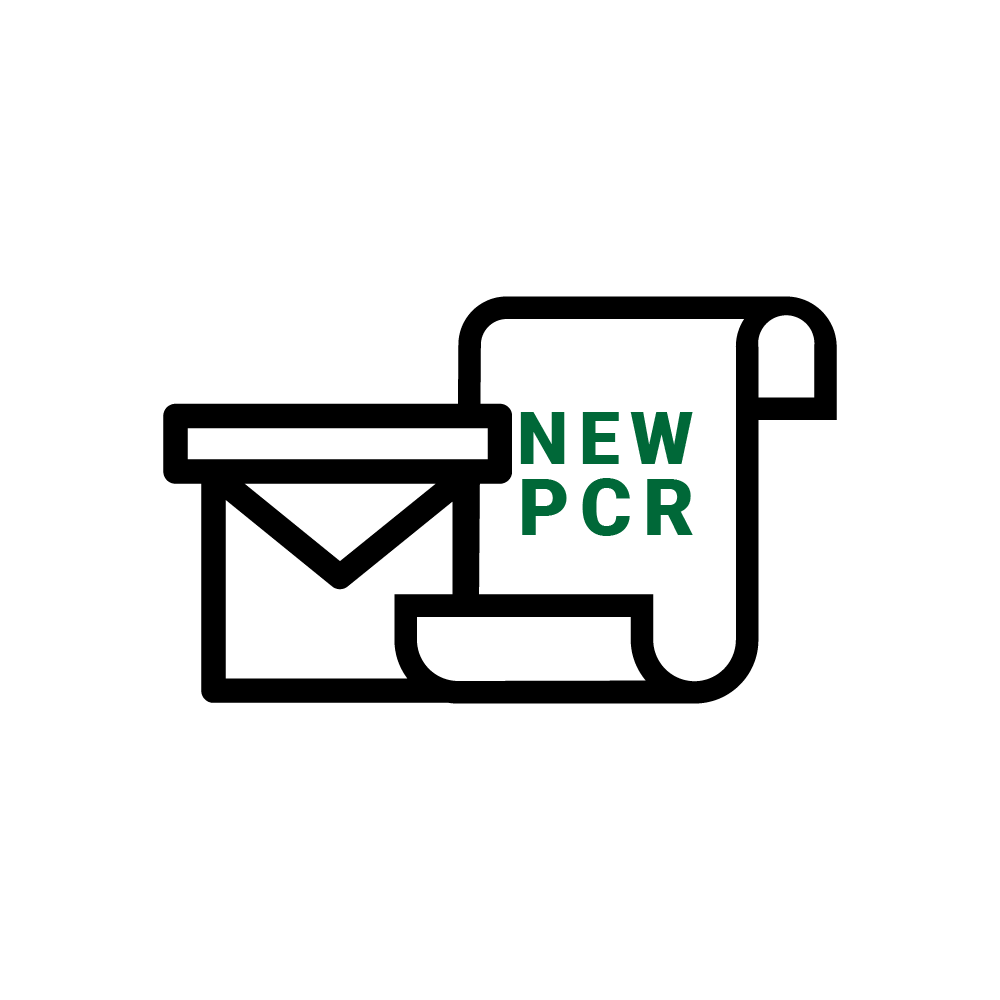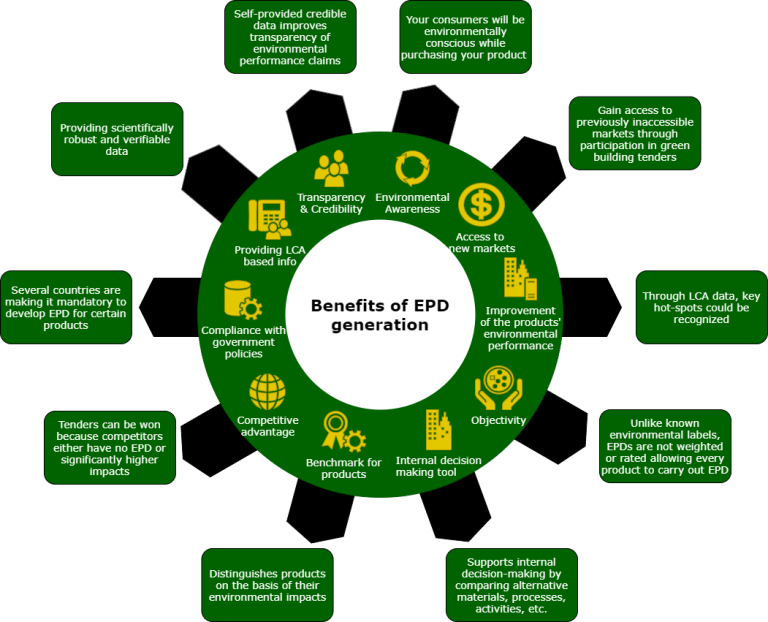Development of EPD
The EPD page provided an introduction to EPD development and why we believe it is a necessary tool for businesses looking to grow their markets. This page talks about the various steps involved in order to generate EPDs. The various steps below have been explained and provide an insight of what actually happens after a contract is signed.
EPD Generation Process

1. Checking the existence of related PCRs
If a Product Category Rule (PCR) exists, see “LCA Study”.
After having verified that there are no product related PCRs available with the P3 Optima Program Operator, other Program Operators should be checked for the same. It is important to consider how the characteristics of the life cycle of the relevant product category have been considered in PCRs developed by other operators before using it to carry out an LCA study.

2. Development of a new PCR (if required)
An EPD can also be developed without an approved PCR. This could be done through a Preliminary Validation, which is valid only for 18 months and cannot be renewed. To obtain the Preliminary Validation via an independent verifier, the format and minimum content of the EPD must be in accordance with the provisions of Regulations (cfr. § 4), and the Life Cycle Assessment (LCA) study must be developed in accordance with ISO 14040 and 14044 Standards, and EN 15804 for construction products.

3. LCA study
The LCA Study must be structured to meet the PCR Requirements. It must include calculation tables, explanations and interpretations concerning the calculation models adopted by the Organisation and the assumptions made. In particular, data must be presented in a clear and transparent manner, for the different stages of the Product Life Cycle.

4. Developed LCA Report and EPD
The results of the LCA study and other information mandated by the reference PCR and General Program Instructions shall be compiled in the EPD reporting format.
As a general rule, the EPD content:
- shall be in line with the requirements and guidelines in ISO 14020 (Environmental labels and declarations – General principles),
- shall be verifiable, accurate, relevant, and not misleading, and
- shall not include rating, judgements, or direct comparisons with other products.

5. LCA and EPD Verification
The LCA and EPD verification process concerns:
- The accuracy of the data used in the LCA study from which the indicators included in the EPD are drawn
- The accuracy of the model used in the LCA study
- The consistency of the LCA study (boundaries, cut-off criteria, allocation rules, functional unit, etc.) with whatever is reported in the applicable PCR and in these Regulations
- The way in which data are reported in the EPD
- The validation of data reported in the EPD
- Any further environmental statement

6. Registration and Publication
Once the EPD is issued, a Registration Number is assigned and the EPD is published on the P3 Optima Ltd. website. Due to our worldwide clients, your organisation brand is promoted all over the globe. P3 Optima provides the Program Operator service (price inclusive) for organisations to register and use the P3 Optima logo on their products.

Sample EPD Report
P3 Optima has developed an EPD tool that auto-generates reports in a very user-friendly format. The P3 Optima EPD reports are auto-generated and locally hosted on a private server instead of the usual PDF format reports. Only P3 Optima clients have access to their complete reports in order to keep their information and data of their product recipes safe and secure. A sample EPD report can be viewed by clicking here.
